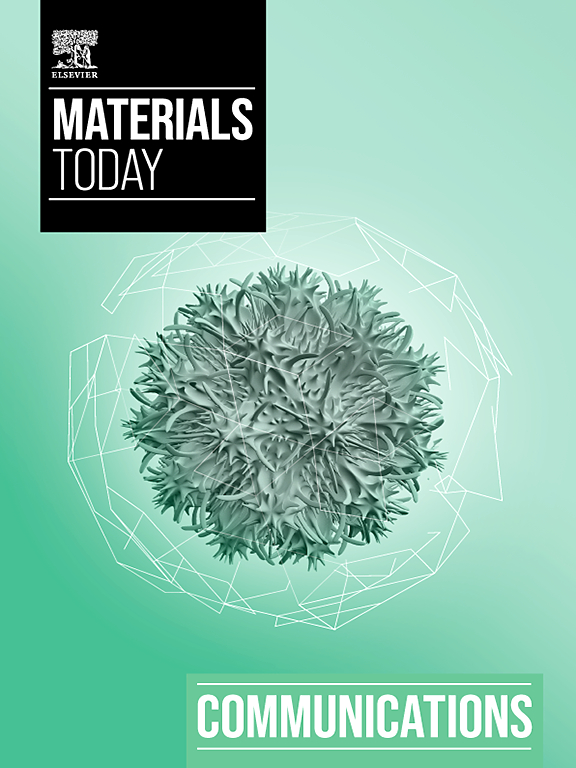Inscription of complex stent profiles on the polished surfaces of NiTiCo shape memory alloys by fiber lasers: Examining the impact of diffuse reflectance
IF 4.5
3区 材料科学
Q2 MATERIALS SCIENCE, MULTIDISCIPLINARY
引用次数: 0
Abstract
Drug eluting stents (DES) have become essential to alleviate stenosis with minimally invasive procedures. Nickel-titanium (NiTi) based shape memory alloys (SMAs) are the most suitable materials for self-expanding stents due to their good stability and superior thermo-mechanical properties. This work explains the inscription of complex DES profiles by fiber laser micro-cutting (FLMC) on Nickel-Titanium-Cobalt (NiTiCo) SMA surfaces polished with various grits (1000 P, 1500 P, 2000 P, 2500 P, 3000 P, and cloth polished) of abrasive sheets. The impact of the SMA surface diffuse reflectance on laser micromachining characteristics was investigated. The Fuzzy PROMETHEE II multi-criteria decision-making (FP II-MCDM) technique was employed to find the best-polished surface that provides the most desired responses (kerf quality, surface roughness, and depth of penetration) for clinical applications. The cloth-polished surface responds better in laser machining without compromising the kerf quality and surface roughness. A significant variation of 18 % in kerf quality was found between the 3000 P and the cloth-polished surfaces. This indicates that the surface diffuse reflectance has maximum impact when the surfaces are highly polished. For applications where surface roughness and kerf width are not a criterion, then polished surfaces between 1500 P and 2000 P give the maximum machining rate.用光纤激光器在镍钛钴形状记忆合金抛光表面刻画复杂的支架轮廓:研究漫反射的影响
药物洗脱支架(DES)已成为通过微创手术缓解血管狭窄的重要手段。镍钛(NiTi)形状记忆合金(SMA)具有良好的稳定性和优异的热机械性能,是最适合用于自扩张支架的材料。这项研究阐述了如何通过光纤激光微切割技术(FLMC)在镍钛钴(NiTiCo)SMA 表面刻画复杂的 DES 轮廓,这些表面是用不同磨粒(1000 P、1500 P、2000 P、2500 P、3000 P 和抛光布)的磨片抛光而成的。研究了 SMA 表面漫反射对激光微加工特性的影响。采用模糊 PROMETHEE II 多标准决策(FP II-MCDM)技术找到了最佳抛光表面,为临床应用提供了最理想的响应(切口质量、表面粗糙度和穿透深度)。在不影响切口质量和表面粗糙度的情况下,布抛光表面在激光加工中反应更好。3000 P 和抛光布表面的切口质量有 18% 的明显差异。这表明,当表面高度抛光时,表面漫反射影响最大。在不以表面粗糙度和切口宽度为标准的应用中,1500 P 和 2000 P 之间的抛光表面可获得最高的加工率。
本文章由计算机程序翻译,如有差异,请以英文原文为准。
求助全文
约1分钟内获得全文
求助全文
来源期刊

Materials Today Communications
Materials Science-General Materials Science
CiteScore
5.20
自引率
5.30%
发文量
1783
审稿时长
51 days
期刊介绍:
Materials Today Communications is a primary research journal covering all areas of materials science. The journal offers the materials community an innovative, efficient and flexible route for the publication of original research which has not found the right home on first submission.
 求助内容:
求助内容: 应助结果提醒方式:
应助结果提醒方式:


